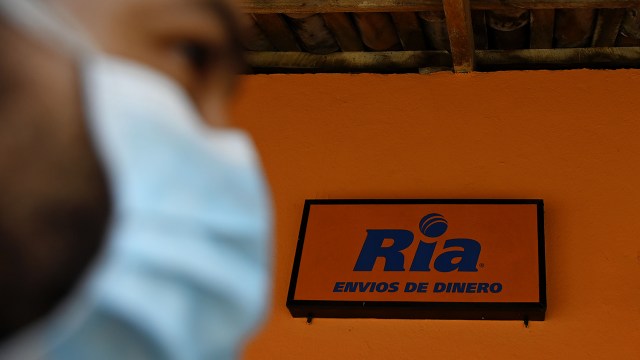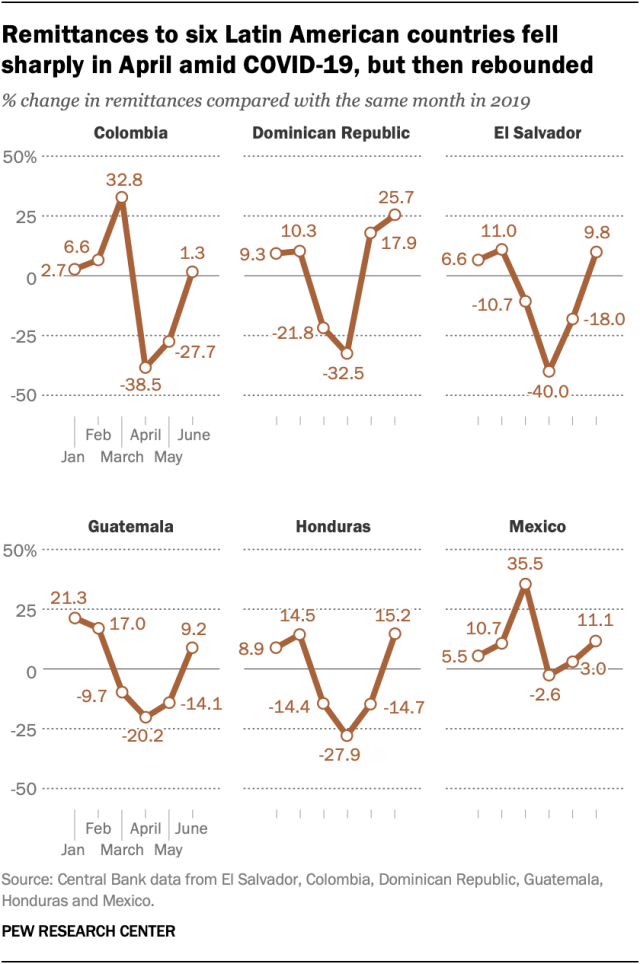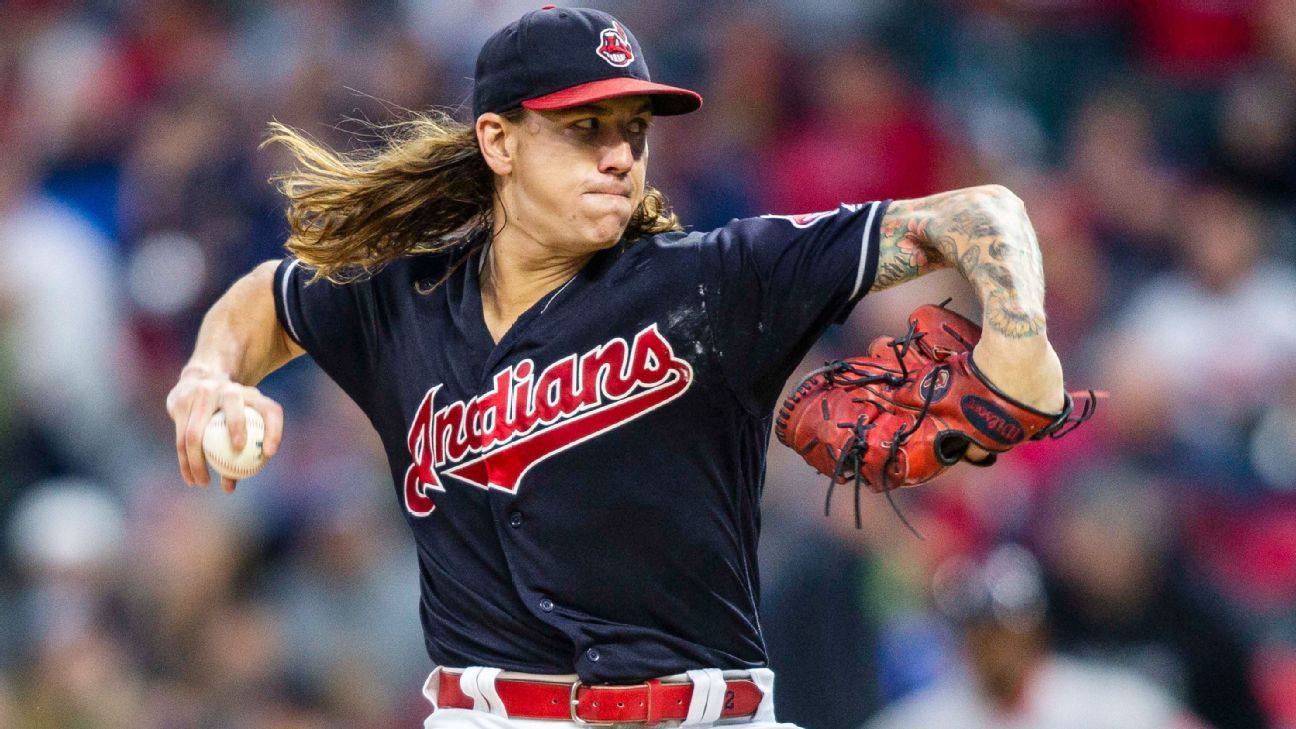METAIRIE, La. -- Alvin Kamara appears to be making a late push for a contract extension.
The New Orleans Saints running back has been an unexcused absence from training camp since Friday, and the absence is believed to be contract-related, sources told ESPN's Adam Schefter.
Saints coach Sean Payton has declined to specify the reason for any player absences in recent days, as teams are not required to release injury reports during camp.
Kamara is scheduled to make $2.133 million in the final year of his rookie contract. He reported for the start of training camp and participated for the first several weeks, insisting at the time that he was not focused on his contract.
The running back said he had even instructed his agent, "Don't tell me anything about a contract until it's like something where it's happening or there's something I need to know."
"It'll happen when it happens," Kamara said at the time. "It's never been something ... like I didn't come in [to the NFL] thinking about like, 'Ooh, I can't wait 'til I get a contract.' It's like, 'I'm playing, and when that comes, it's gonna be well deserved and it's gonna be perfect timing for it.' It's just not something that's at the forefront of my day. It's not something I wake up thinking about."
It's unclear what changed -- and whether Kamara's absence means the two sides are getting closer to an extension or further apart.
By holding out, Kamara could risk losing an accrued season, meaning he would become a restricted free agent after this season instead of unrestricted.
According to the collective bargaining agreement, a player under contract would lose an accrued season if he fails to report to training camp on the mandatory reporting date or if "the player thereafter failed to perform his contract services for the club for a material period of time."
The Saints could also fine Kamara up to $40,000 per day, though those fines are not mandatory since Kamara is still on his rookie contract.
Neither of those things would be an issue, however, if the Saints and Kamara could work out a new deal.
Kamara, 25, will likely seek a deal worth somewhere between the new deals signed during the offseason by fellow running backs Christian McCaffrey ($16 million per year) and Derrick Henry ($12.5 million), though that leaves a pretty wide margin in between.
Kamara and McCaffrey have been the two best young dual-threat running backs in the league starting in 2017, when Kamara beat out McCaffrey for the NFL Offensive Rookie of the Year award as a third-round draft pick out of Tennessee.
Kamara had 728 rushing yards, 826 receiving yards and 14 total touchdowns that year. His numbers increased to 883 rushing yards, 709 receiving yards and 18 touchdowns in 2018.
But Kamara was hampered last year by knee and ankle injuries that forced him to miss two games and play "on one leg" for the final three months once he returned. He finished with 797 rushing yards, a career-low 533 receiving yards and a career-low six touchdowns.
Kamara said he is healthy now, and coaches have praised him for looking like his old self early in camp.
The Saints have about $7.5 million in salary-cap space this year, but they will be facing some daunting salary-cap limitations next year if the leaguewide cap drops significantly because of lost revenues in 2020.
The NFL's 2021 cap could drop as low as $175 million per team, down from $198.2 million per team in 2020.
The Saints rank second in the NFL with $246.6 million in salary-cap commitments for 2021, according to ESPN Stats & Information. And Saints starters like cornerback Marshon Lattimore, offensive tackle Ryan Ramczyk and linebacker Demario Davis are nearing the end of their contracts.
"to" - Google News
September 01, 2020 at 01:27AM
https://ift.tt/2YO5fs0
Saints RB Alvin Kamara's camp absence related to contract, sources say - ESPN
"to" - Google News
https://ift.tt/368wPko
https://ift.tt/2YvVgrG













